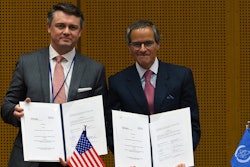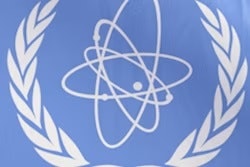The International Atomic Energy Agency (IAEA) highlighted a study it led suggesting that fewer but higher doses of radiation treatment for head and neck cancer resulted in similar results as standard radiotherapy in patients in low-income countries.
“Reducing overall treatment times for this type of cancer could help countries to shorten waitlists, enabling more patients to receive timely treatment while also reducing the cost and full treatment duration,” the IAEA said in a recent news release.
The trial involved 12 centers in ten low- and middle-income countries (LMICs) – Argentina, Brazil, Cuba, India, Indonesia, Pakistan, Philippines, South Africa, Thailand, and Uruguay – and explored the use of a more intensified radiotherapy treatment (hypofractionated radiotherapy) that uses fewer but higher doses of radiation over the course of four weeks compared with standard radiotherapy.
In 729 patients who received either hypofractionated radiotherapy or standard radiotherapy, patients had similar outcomes and survival rates, which demonstrated the safety and effectiveness of fewer but higher doses in a condensed time frame, the IAEA said.
The results of the study were published in the International Journal of Radiation Oncology, Biology, Physics.



















